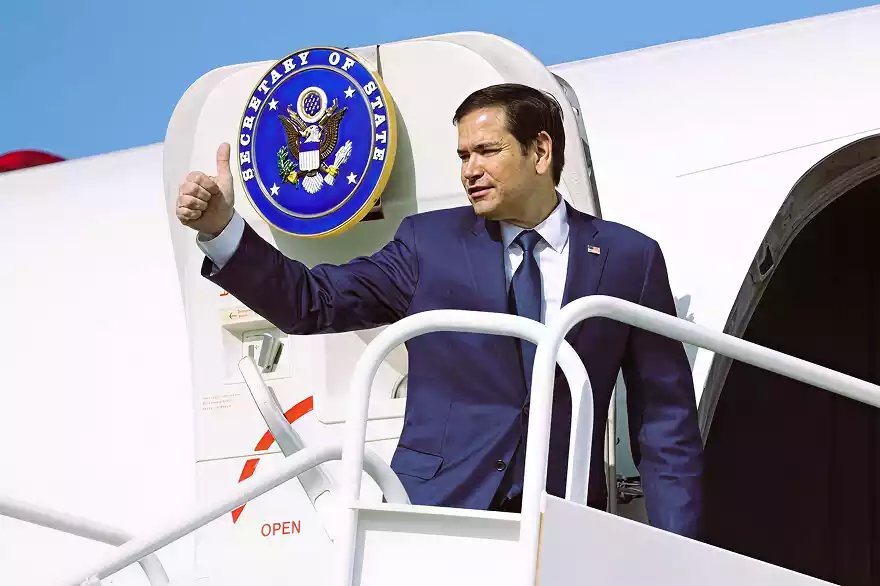Circular
Servirio`s News
DISPUTE BETWEEN CHINA AND THE U.S. OVER THE PANAMA CANAL REACHES THE UNITED NATIONS

Meanwhile, the geopolitical confrontation between both economies is reshaping maritime routes
In a session of the United Nations Security Council chaired by the President of Panama, José Raúl Mulino, China and the United States exchanged accusations regarding the Panama Canal, highlighting the geopolitical tensions surrounding this strategic interoceanic waterway.
China’s ambassador to the UN, Fu Cong, stated that his country “has always respected the permanent neutrality of the canal and firmly supports Panama in defending its sovereignty to ensure its openness and proper functioning.”
Immediately afterward, the U.S. acting ambassador, Dorothy Shea, questioned China’s “disproportionate influence” over the waterway, “particularly over critical infrastructure and port operations.” According to the diplomat, “China’s influence in the canal area is not only a risk for Panama and the United States but also a potential threat to global trade and security.”
The tensions are part of Washington’s efforts to remove the China-linked operator from the ports at both ends of the canal (Cristóbal and Balboa). In fact, the Trump administration has pressured CK Hutchison Holdings, based in Hong Kong and managing these terminals, to sell its stakes to a consortium formed by U.S.-based BlackRock and TiL, the port arm of MSC.
Following Shea’s statements, the Chinese representative took the floor again to respond. “The lies and baseless attacks against China are nothing more than a pretext to seek control of the canal,” said Fu, who accused Washington of being “the biggest disruptor of peace and stability.”
“China firmly opposes economic coercion and bullying practices, and urges the United States to stop fabricating rumors and creating trouble,” the diplomat added.
Mulino intervened to emphasize that Panama’s sovereignty over the canal is backed by a multilateral treaty guaranteeing its neutrality, “the only and best defense” against specific or global threats.
Confrontation Reshapes Maritime Routes
While diplomatic tensions escalate, in the maritime sector the repercussions of the trade war between China and the United States continue to reshape shipping routes and the global flow of goods.
Although both countries agreed to a new 90-day extension of the suspension of tariffs, analysts expect Beijing to continue diversifying its markets to reduce its dependence on trade with the United States. “It’s unlikely that tariffs will be completely lifted, which will continue to weigh on U.S. import volumes,” explained Jarl Milford, maritime analyst at Veson Nautical.
Figures from the Shanghai Containerized Freight Index show nine consecutive weeks of declines in spot rates for containerized cargo, with drops of more than 50% on routes to the U.S. West and East Coasts from their peak in June, when Chinese exporters rushed shipments to take advantage of the tariff truce.
Maersk reported that its container volumes between China and the U.S. fell 35% year-on-year in the second quarter. However, the drop in North America was offset by strong growth in imports to Europe, Latin America, Africa, West Asia, and Central Asia.
“China is gaining share in global trade, and its companies are becoming increasingly successful, displacing competitors from other parts of the world,” highlighted Vincent Clerc, CEO of Maersk, in a virtual call with investors.
China’s diversification strategy is reflected in logistics investments and new shipping routes. In July, Maersk inaugurated a 20,000-square-meter logistics center in Panama as a “gateway to Latin America,” offering weekly direct services from Asia and overland connections to Central America.
For its part, MSC announced that in September it will launch a new weekly service between the Far East and the west coast of South America, connecting ports in China and South Korea with Peru.
Chinese customs data reinforce this trend: in the first seven months of the year, exports to countries of the Association of Southeast Asian Nations (ASEAN) grew 14.8%, to the European Union 8.2%, and to Africa surged 25.9% year-on-year.


